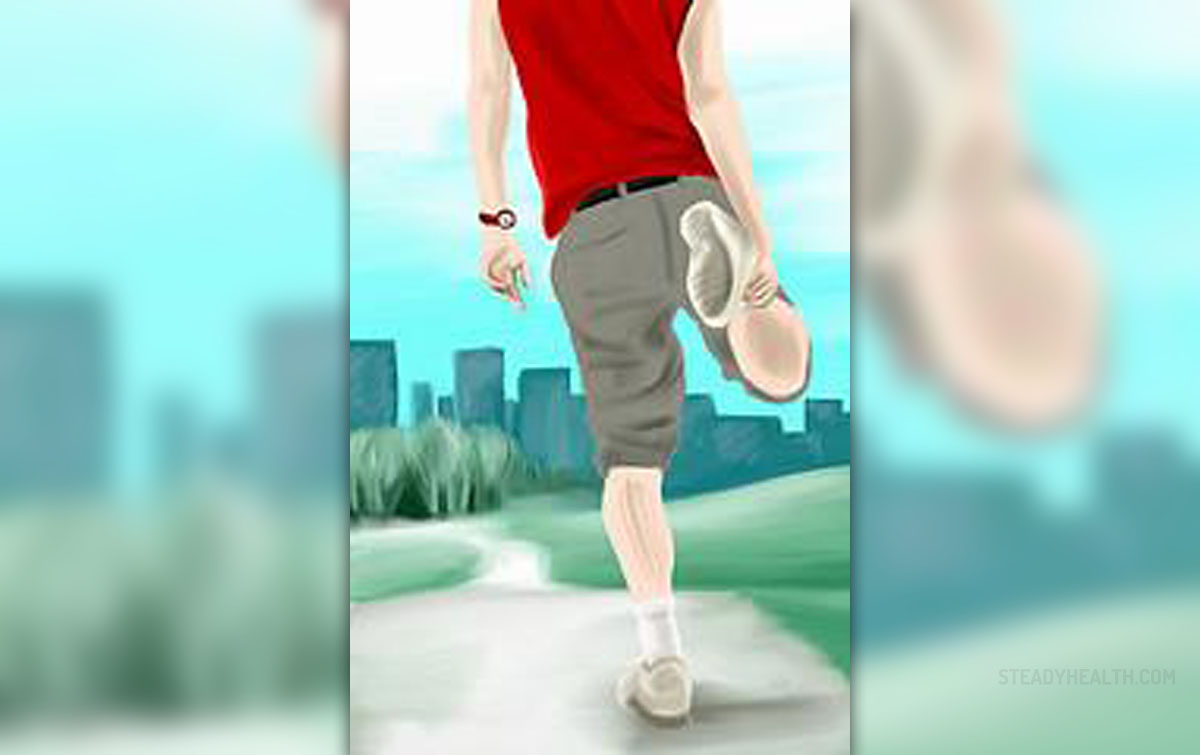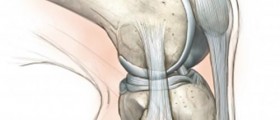
Physical therapy or physiotherapy is aform of treatment which makes it possible for people to overcome theeffects and symptoms of their injuries through special types ofphysical treatments.
Thus, if you are about to undergo thephysiotherapy treatment, the following lines will help you, providingsome basic information regarding the process. Due to the fact thatathletes most commonly suffer from injuries which need this form oftreatment, the lines below may be of great importance to them.
What is Physiotherapy?
Basically, physiotherapy uses massageand other forms of tissue manipulation in order to promote healingand recovery from injuries, restoring one's former range of movementand usability of certain body parts. This process is a serious,detailed one and it needs to be carried out by trained professionals.Therefore, physiotherapy is usually available only in hospitals,private practices, workplaces or some community facilities.Additionally, your GP may perform physical therapy once you haveundergone a surgery.
Physiotherapy is useful for injuriesaffecting the muscles, joints or the heart, lungs and the vascularsystem. Nevertheless, individuals who suffer from neurological ormental conditions, as well as some chronic illnesses, all can findrelief through this form of medical treatment.
Some of the techniques involved inphysiotherapy are massage and tissue manipulation, promotingincreased blood circulation to the injured areas and, thereby,healing, exposure to heat or electricity, as well as light, water andcold, depending on the type of health problems the patient is facing,performing specially designed exercises and providing long-termsupport for patients who are suffering from chronic medicalconditions.
All these physiotherapy techniques,when combined, contribute to one's recovery, stimulating him/her touse the affected body part, avoiding neglect and worsening of thesituation through stiffening or loss of muscle and function.
So, people who had a stroke, those withheart issues and problems related to respiratory health, as well asindividuals who have been injured during sports, all can benefit fromphysiotherapy. Additionally, people who have undergone surgeries,experiencing a decrease in their motor functions subsequently, canalso manage to overcome their problems through this form of therapy.
Furthermore, people with joint and boneproblems, those who are suffering from certain heart and lungconditions like COPD or cystic fibrosis, and individuals withneurological conditions like cerebral palsy, Parkinson's or MS, allcan benefit from physiotherapy too, along with children affected bymuscular dystrophy.
Finally, elderly people who suffer fromconditions such as arthritis and osteoporosis can find relief inphysiotherapy too, especially if they are recovering from surgeriessuch as hip replacement.
How Is It Performed?
Of course, before any form ofphysiotherapy can take place, the patient needs to be properlydiagnosed. Thus, a physical examination is the first step of everyphysiotherapy, helping the doctor assess your condition, developingthe treatment strategy afterwards.
Depending on the condition in question,the physical treatment may consist of exercise programs such as waterexercising and group exercising, massages and joint manipulationserving the purpose of increasing the mobility of muscles and joints,reducing stiffness, inflammation and pain and muscle re-education incases of some more severe muscular complications.
In some cases, physiotherapy mayinvolve the application of hot and cold compresses and packs in orderto remove pain, swelling or inflammations, promoting a quickerrecovery and tissue regeneration, helping one restore his/herphysical mobility and previously lost functions.
During the treatment of respiratoryproblems, physiotherapy may take the form of airway clearancetechniques and breathing exercises. Furthermore, in cases of presenceof some other physical problems, physical therapy may help peoplegetting accustomed to wheelchairs, crutches, canes and other forms ofsuch aids.
Finally, throughout the program, thepatient's progress will be monitored by the therapist, who willmodify and adjust the therapy according to the needs to the oneundergoing it. This promotes recovery and healing, taking these to aneven higher level, making physiotherapy even more effective.
In some cases, the physiotherapist maywork together with other health experts, receiving a second opinionon the condition of the patient, managing to overcome certaintreatment problems, if these occur. Moreover, once the physiotherapyis over, the patient may be told to visit the therapist every once ina while, making sure that the recovery procedure is taking its idealcourse.
All in all, people involved in sportscan benefit from physiotherapy greatly, due to the fact that thesepatients are more prone to suffering from physical injuries than allother people. Many sport organizations have their ownphysiotherapist, making sure that injuries of the above mentionedtypes are addressed adequately and treated timely.
Athletes need to give their maximum,regardless of the discipline they take part in. This form of physicalpressure and exertion may often result in injuries of various forms.When this happens, the best possible treatment an athlete can receiveis the one through physical therapy.

















Your thoughts on this
Loading...